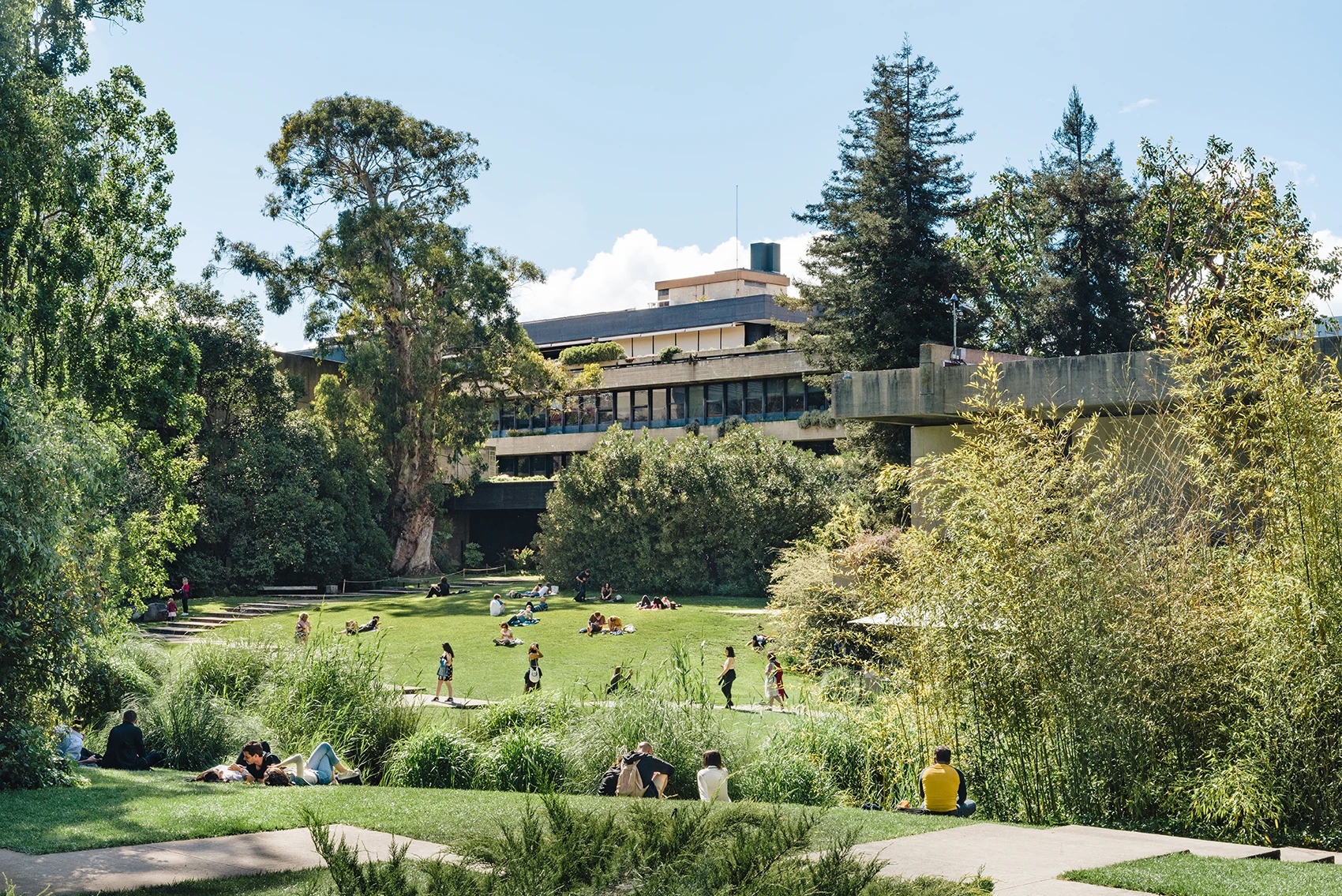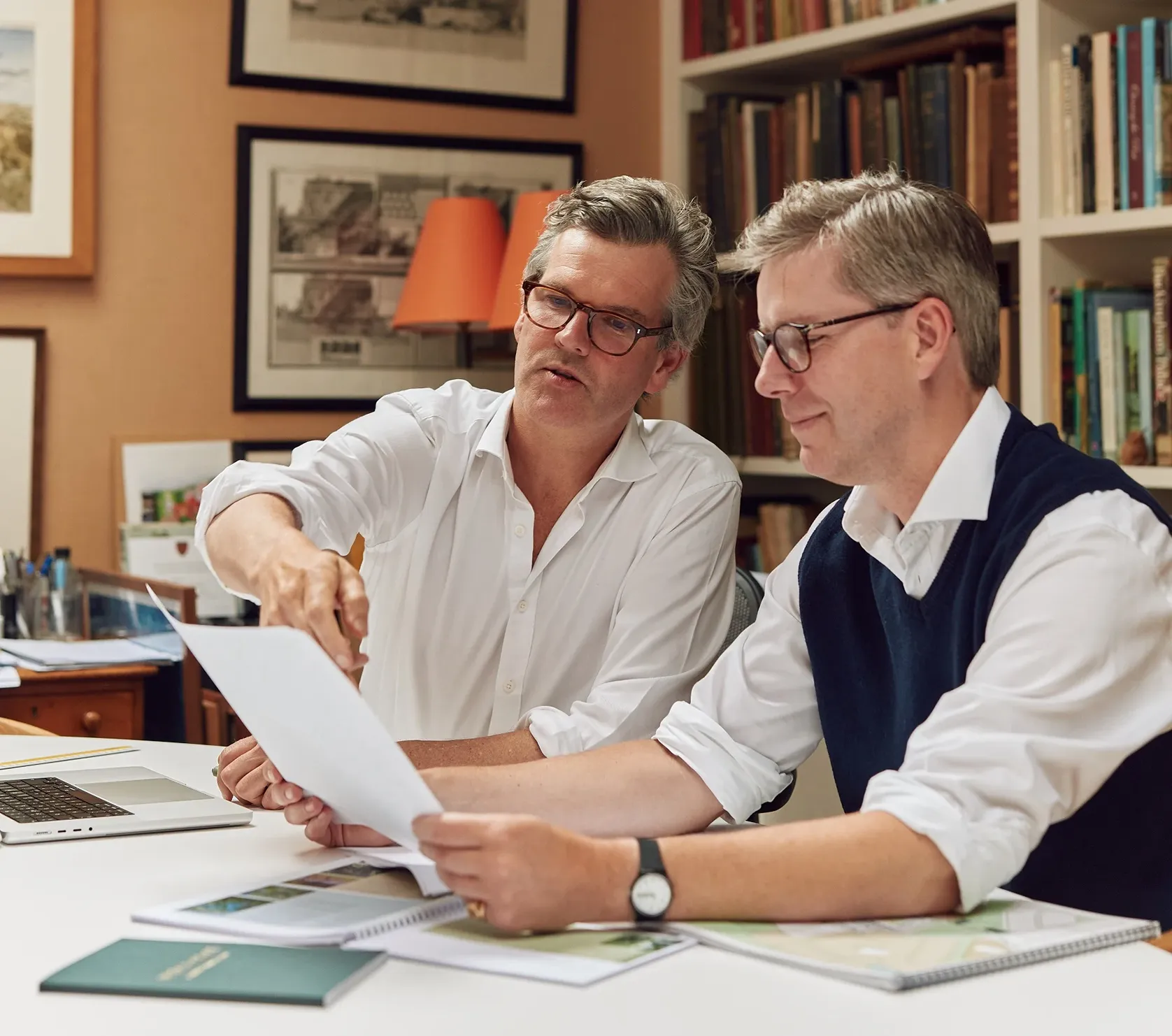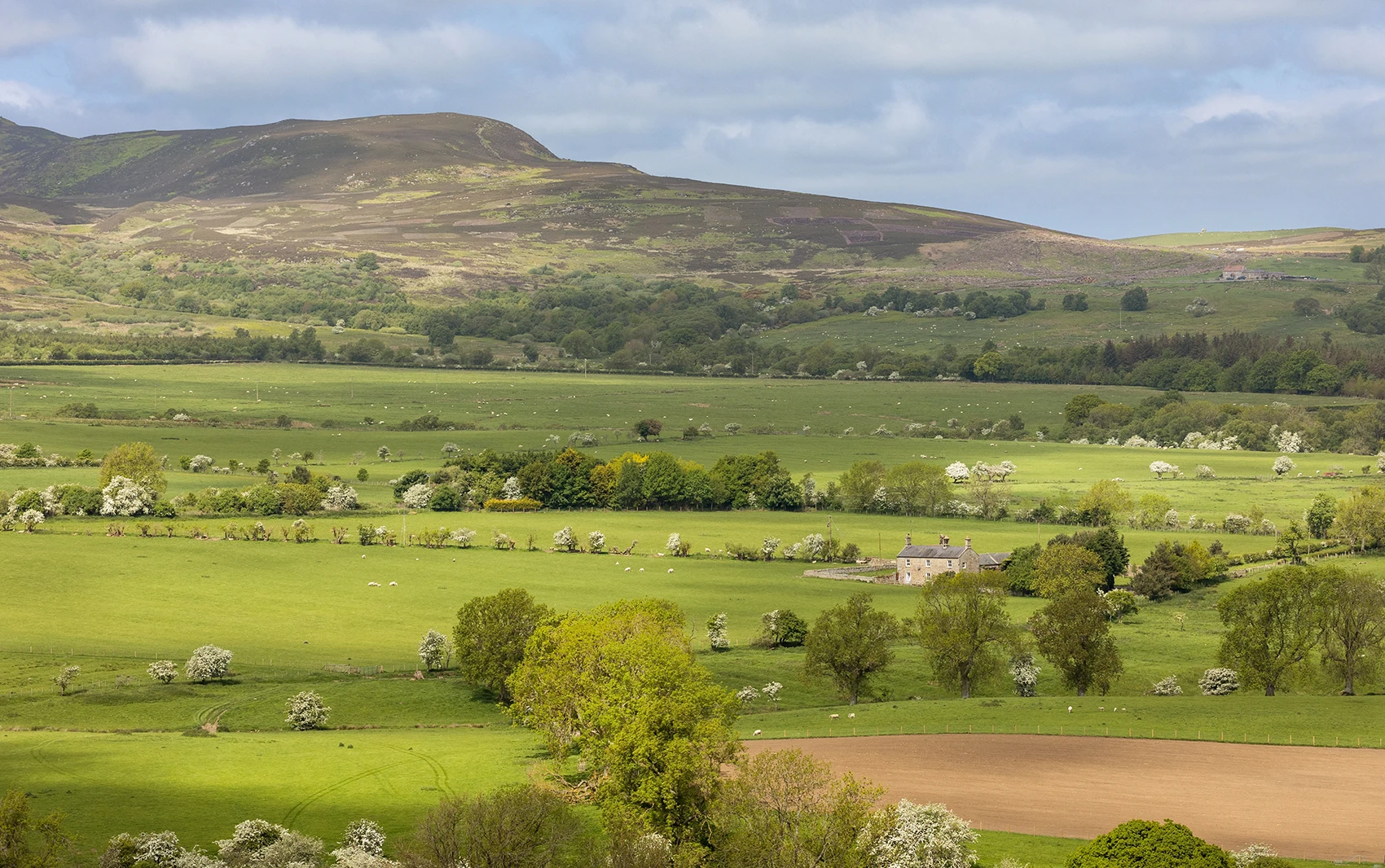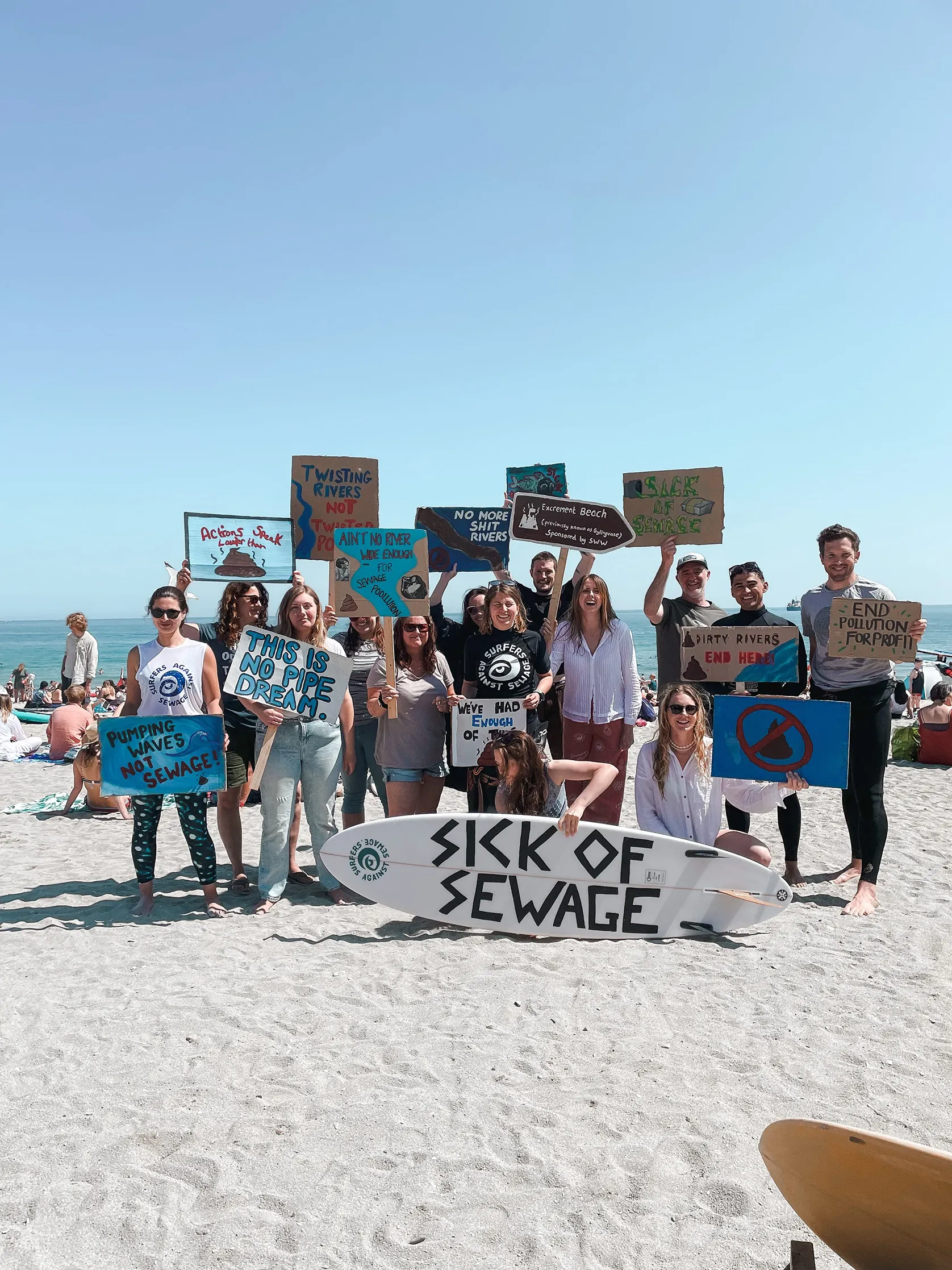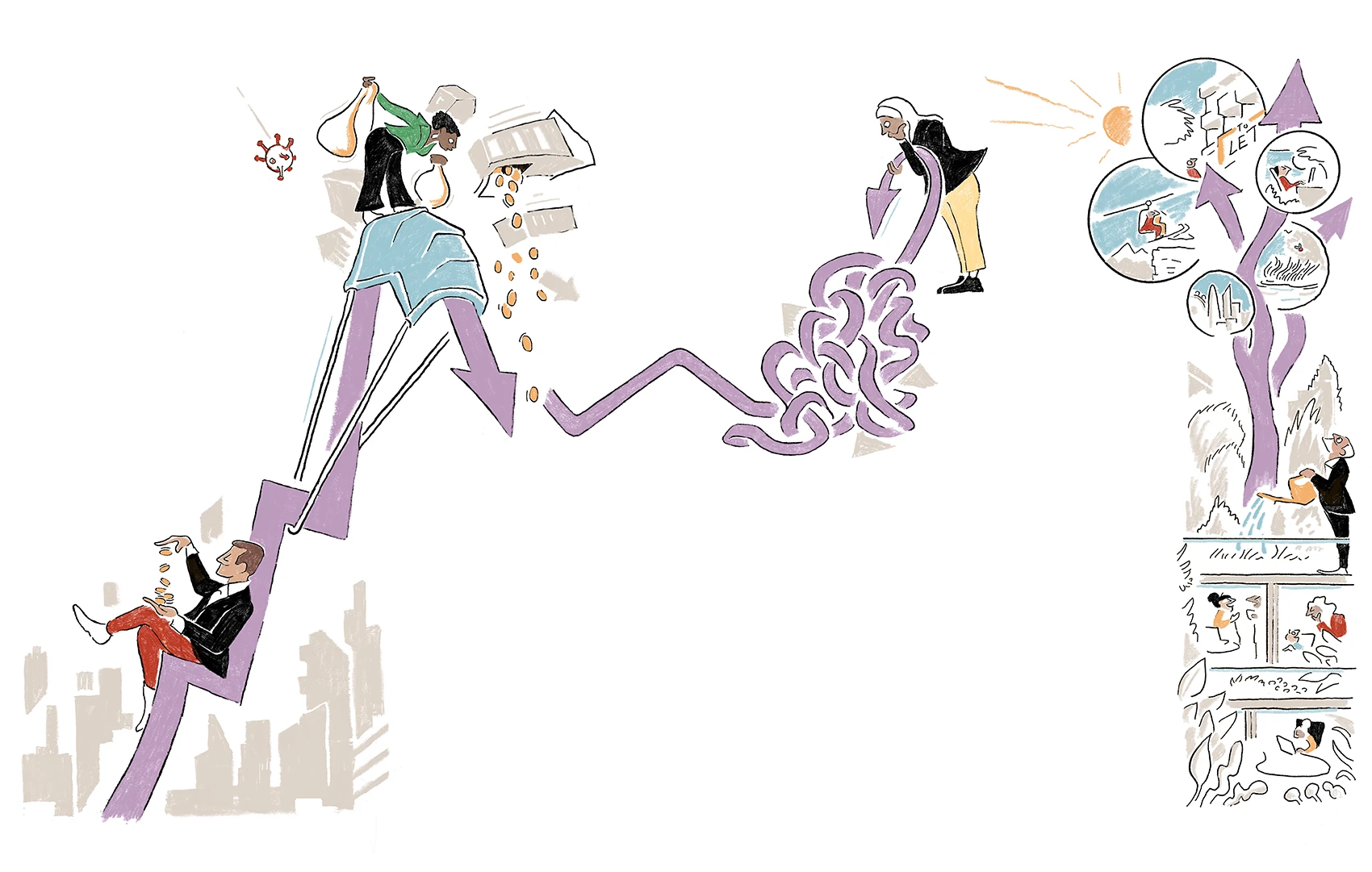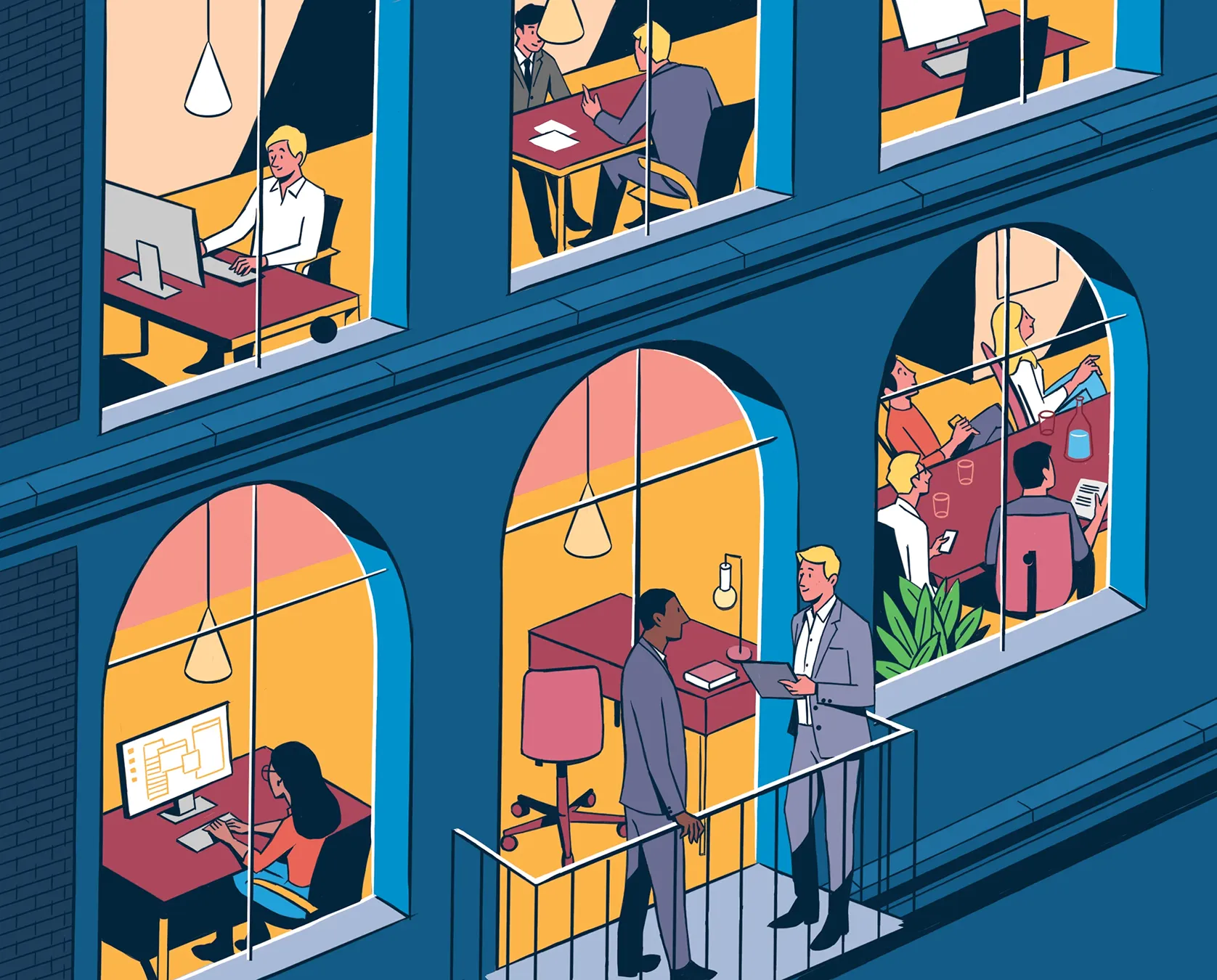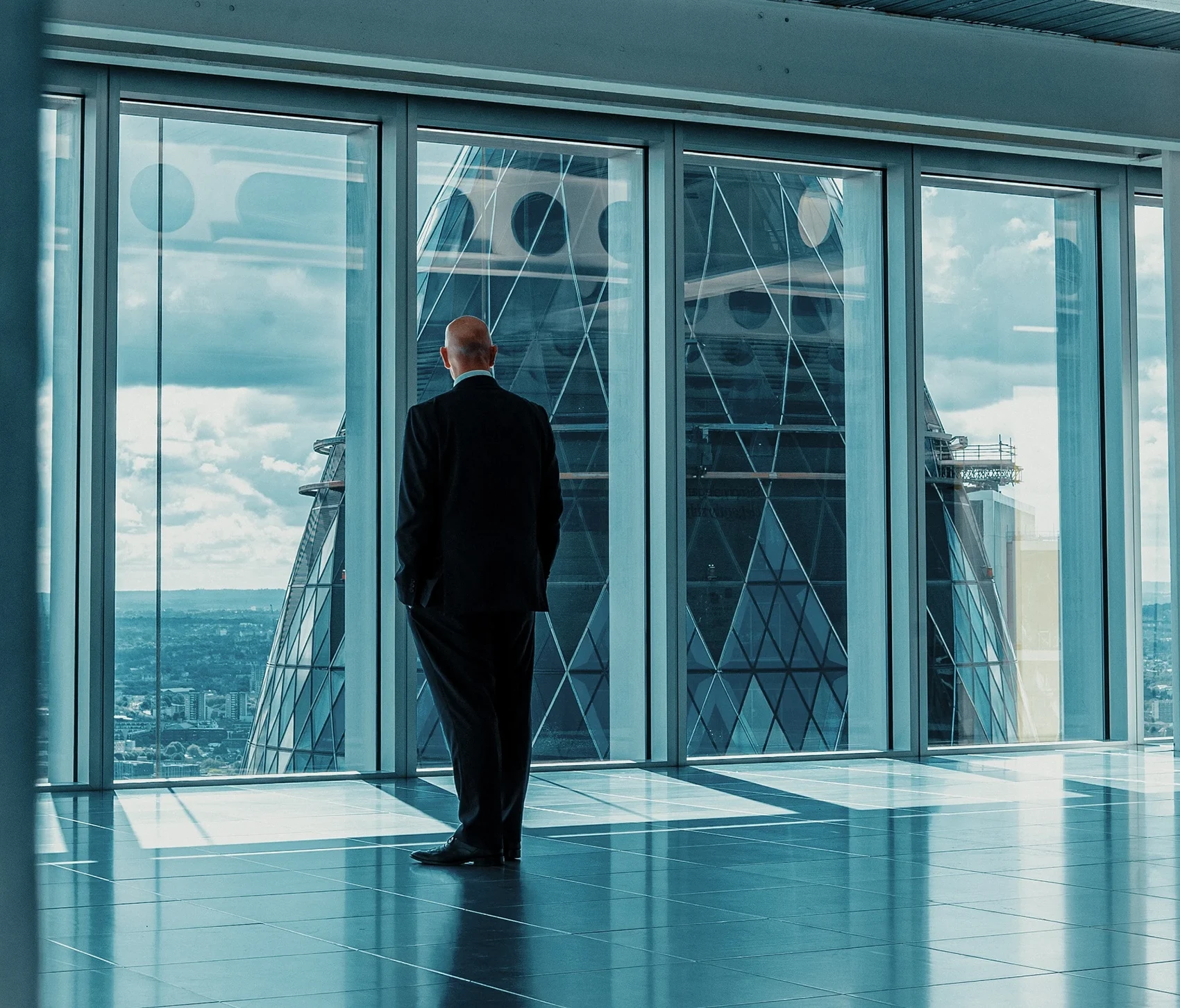Metropolis 2043
What could our cities look like in 20 years’ time? And what are the challenges global centres are tackling today to prepare for tomorrow? From innovations in carbon capture, to cities designed from scratch, the future might be closer than you think
London: leading in carbon capture
The Plyscraper
By / Aleks Cvetkovic
When envisioning ‘futuristic’ offices, London might not be your first thought. However, nestled on Rivington Street in Shoreditch, The Black & White Building stands as a testament to sustainable construction.
Designed by Waugh Thistleton Architects and constructed entirely from cross-laminated timber (CLT) and laminated veneer lumber (LVL), this seven-floor flexible office space is an eco-friendly marvel. Not only did it take just 14 weeks to build, but it also emits 37% less carbon than a concrete structure. The timber used was responsibly sourced from managed forests that adhere to PEFC and FSC standards.
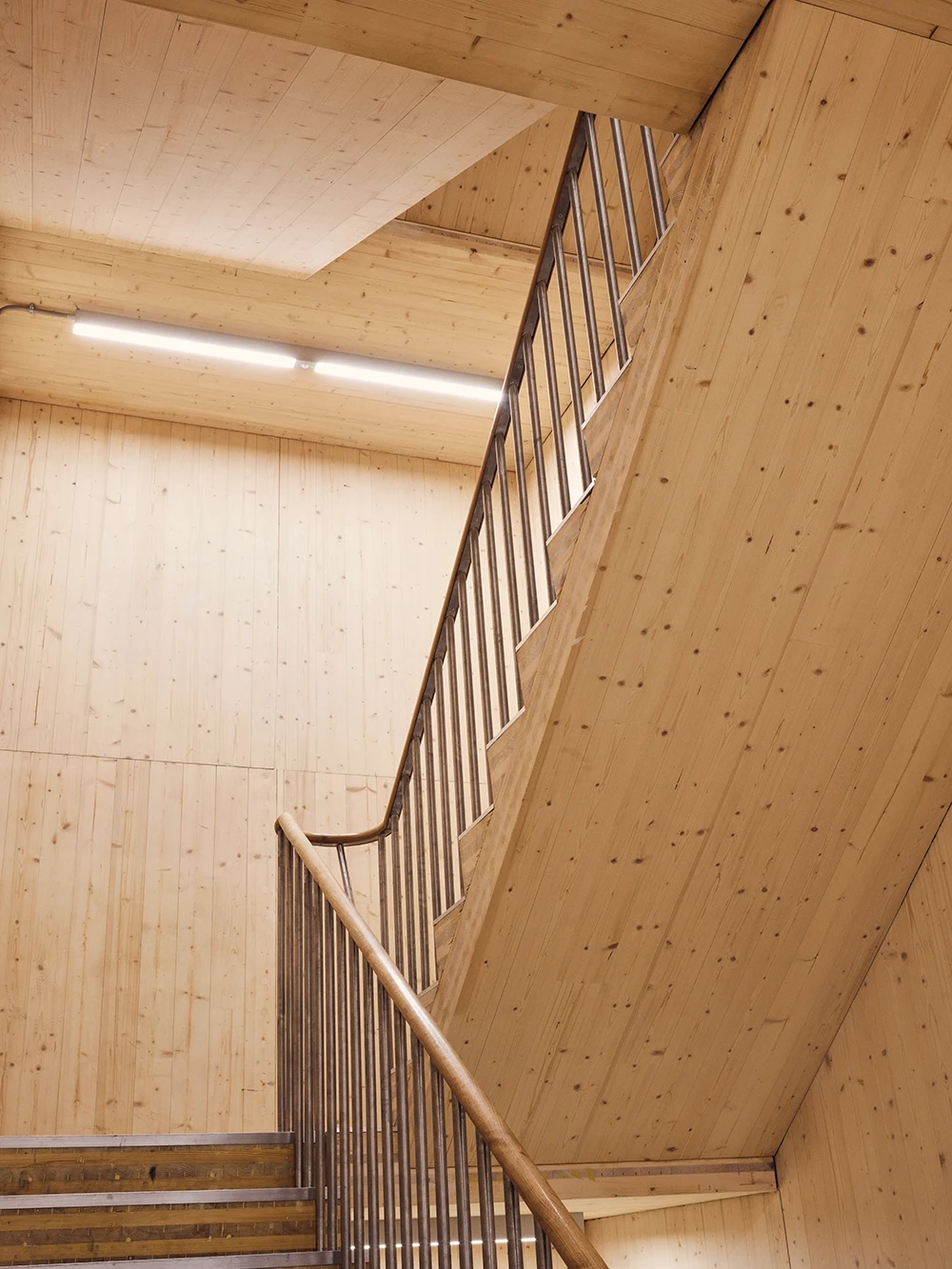
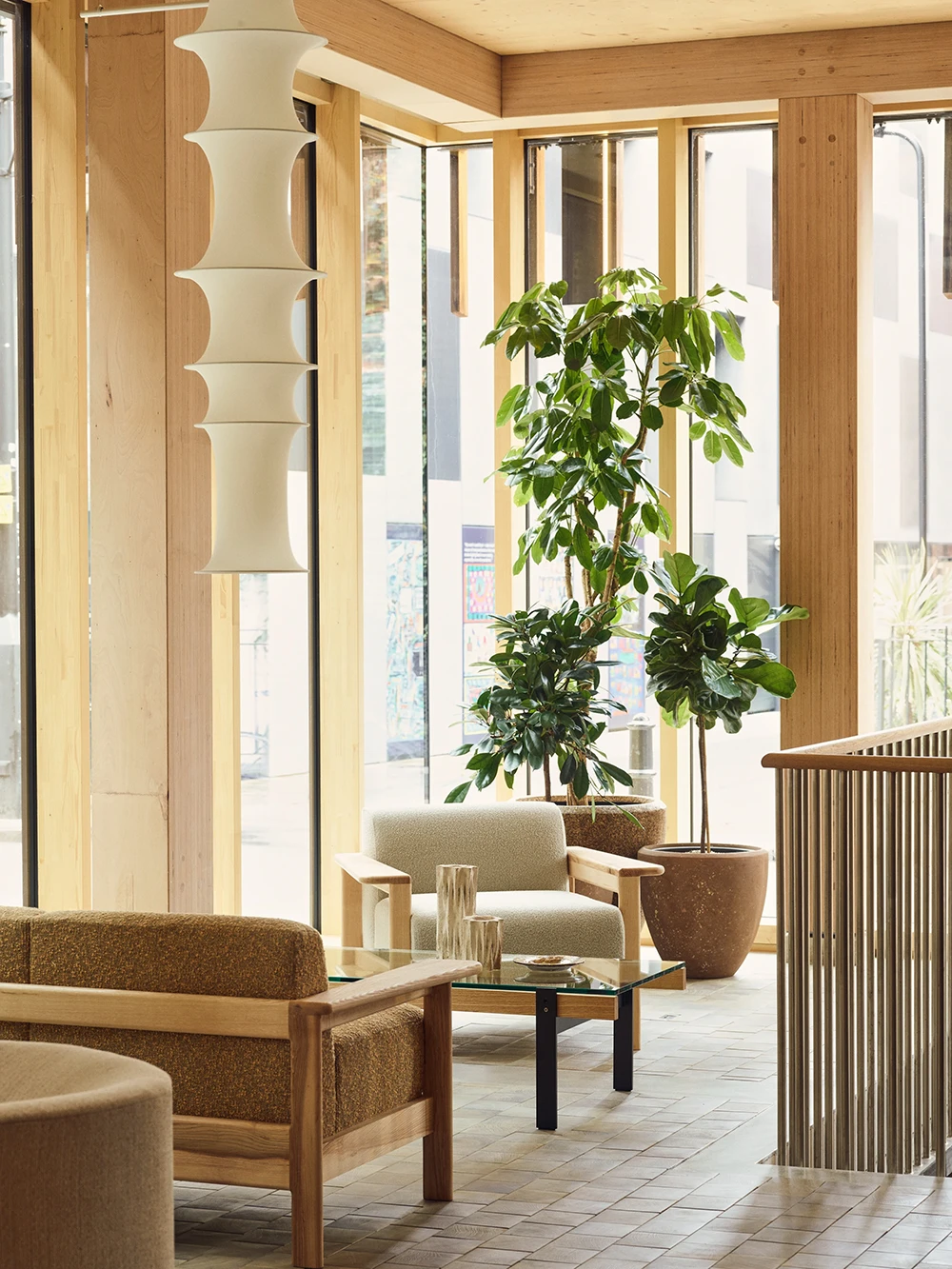
“As an architect, I’ve always been interested in the idea of prefabrication – how do you turn a construction site into an assembly site and increase the site’s efficiency?” says Waugh Thistleton co-principal, Andrew Waugh. “Timber is the perfect solution. Not only that, it’s nature’s carbon store and we can lock away carbon at scale. We’re sequestering 945 tonnes of carbon into the structure of The Black & White Building. That’s the equivalent carbon to a Boeing 747-400 flying for 4,059 hours.”
Inside, the space exudes elegance, with a focus on natural and upcycled materials, reducing stress levels and promoting concentration. The Black & White Building, now the tallest mass-timber office building in central London, sets an example of sustainable construction with circular practices.
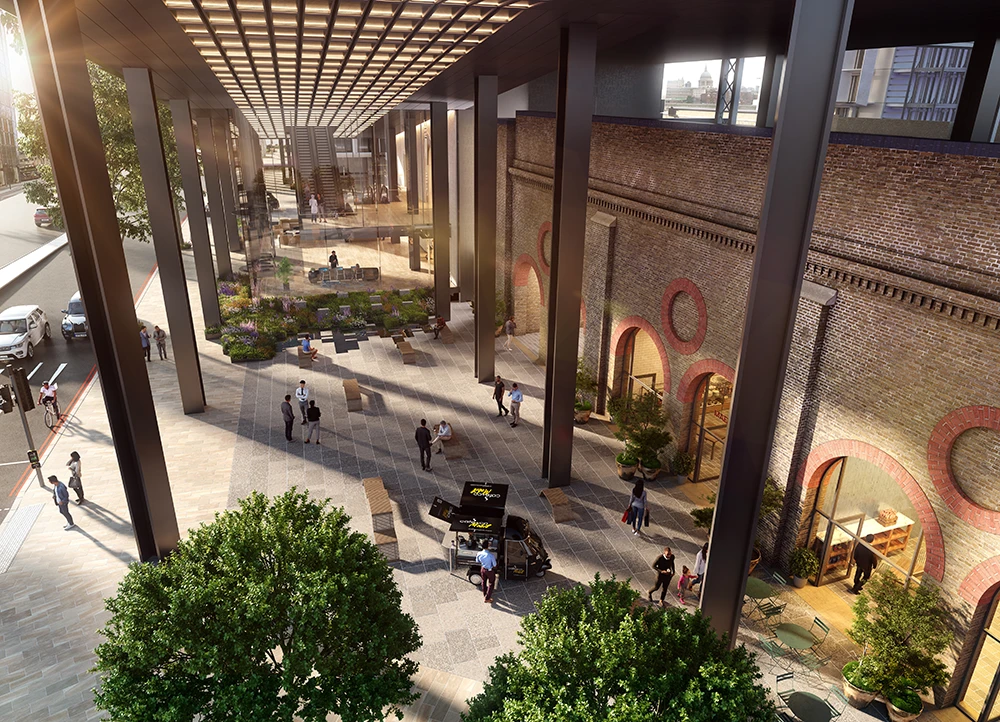
London's smart energy revolution
Bankside Yards, a massive five-and-a-half-acre development on the South Bank created by Native Land, is leading the way as the UK's "first fossil-fuel-free" mixed-use development with a goal of being carbon neutral by 2030. This £2.5 billion project will feature eight new buildings, offices, amenities, bars, restaurants, and even a 5-star urban resort hotel. It will also restore 14 Victorian railway arches that have been closed off for over a century.
How are Native Land doing it? The key, says Felicity Masefield, the company’s Sustainability Lead and Development Executive, is new technology. “We can learn from each building and implement the latest innovations as they develop. There’s always an element of risk in being the first, but we are willing to take it to reap the benefits.”
One key solution is an innovative network that allows buildings to share and optimise energy usage in real time. This fifth generation ambient heat network will result in energy savings of 30-40%. Additionally, Native Land is implementing smart water systems, optimised façades, and air source heat pumps will further enhance energy efficiency. London is racing ahead toward a future where buildings communicate and share energy resources.
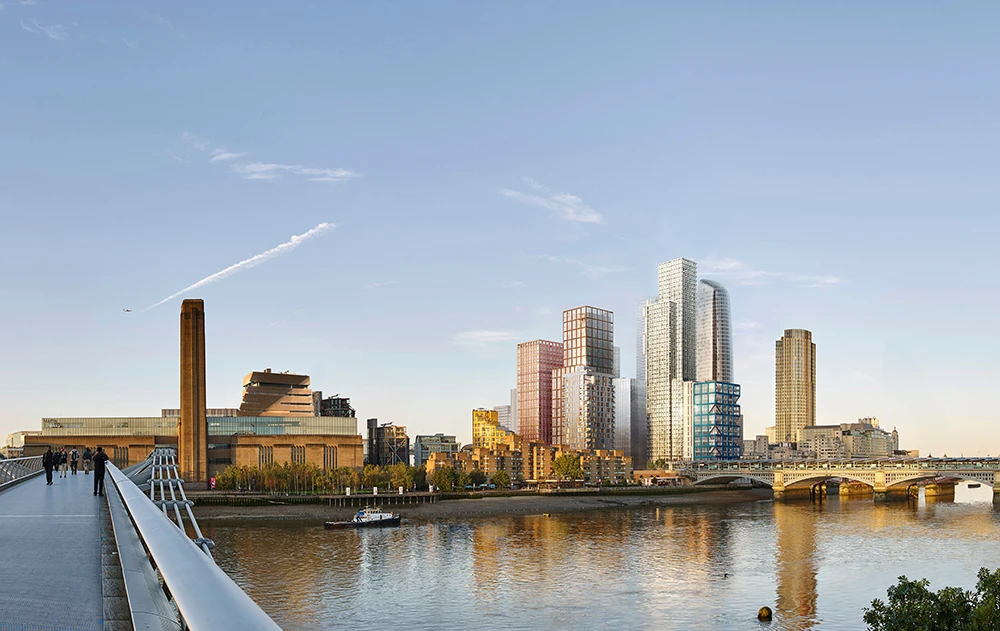
The View from London
By / Flora Harley, Head of ESG Research at Knight Frank
London was declared the world’s first National Park City in July 2019, and the London Plan aims to make more than 50 per cent of the city green by 2050. Developments like Fabrix’s ‘Roots in the Sky’ set the tone, transforming a 1960s building into the UK’s first urban forest. The rooftop is home to 125 trees, 10,000 plants and 1,000 tonnes of soil and operates as a non-profit community garden, with a 3,000 sq ft community barn.
Singapore: how do you stop a city from running out of water?
By / Emma Barlow
Singapore, a city-state with limited freshwater resources, has been a pioneer in addressing water scarcity. It currently imports a substantial amount of its water from neighbouring Malaysia – an agreement that’s set to conclude in 2061.
Singapore’s response? The Four National Taps strategy, which includes water imports (which the government is phasing out), water catchment, desalination and treatment. Together, they are already enabling Singapore to overcome its water shortage and achieve remarkable water resilience. It’s a success story that other cities in increasingly dry or heating climates should heed.
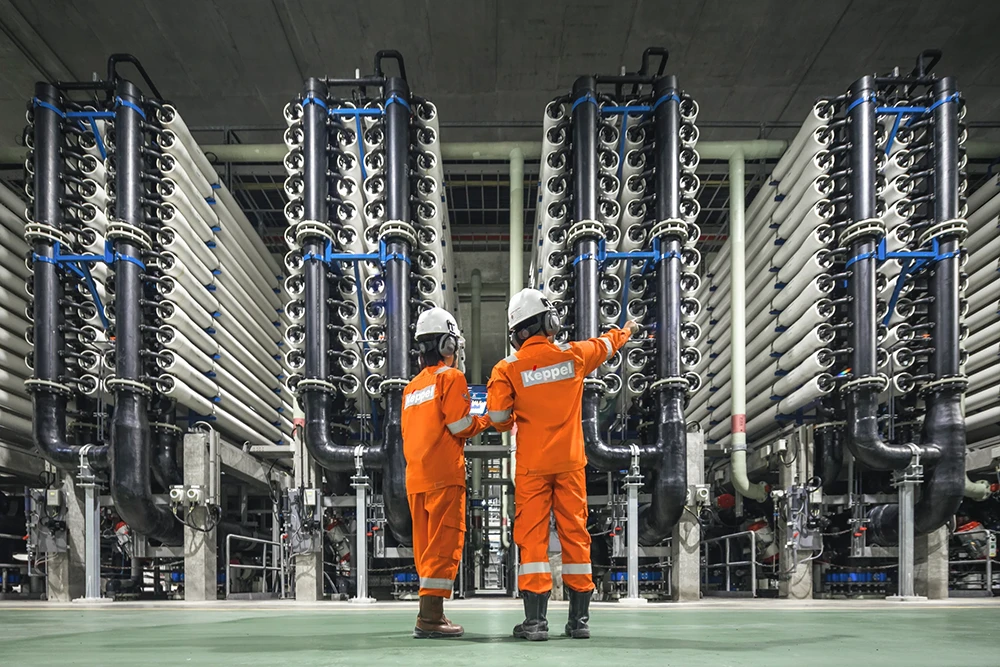
Catchment
Singapore leverages its abundant rainfall by capturing rainwater through an extensive network of drains, canals, and reservoirs. The iconic Marina Barrage, a dam built across the Marina Channel, serves as both a freshwater reservoir and flood defenses. It also provides a recreational space for residents and visitors. The South Beach complex, designed by Foster + Partners, collects rainwater from rooftops, saving a substantial amount.
Desalination
Singapore is a pioneer in desalination, converting seawater into freshwater by removing salt and impurities. The Keppel Marina East Desalination Plant (KMEDP), one of the most advanced in the world, produces 30 million gallons of fresh drinking water daily. It also features a green roof and public park above ground.
Treatment
Singapore's water treatment system is globally acclaimed. It involves multiple steps, including conventional treatment to remove particles and organic matter, microfiltration for smaller particles, and reverse osmosis to eliminate dissolved solids. UV light is used to disinfect the water. The resulting water meets strict drinking water guidelines and contributes significantly to the city's needs.
Additionally, Singapore promotes the reuse of treated wastewater, exemplified by NEWater, a reclaimed water agency that partners with local craft breweries like Brewerkz to create high-quality beer, showcasing the sustainability of the water treatment process.
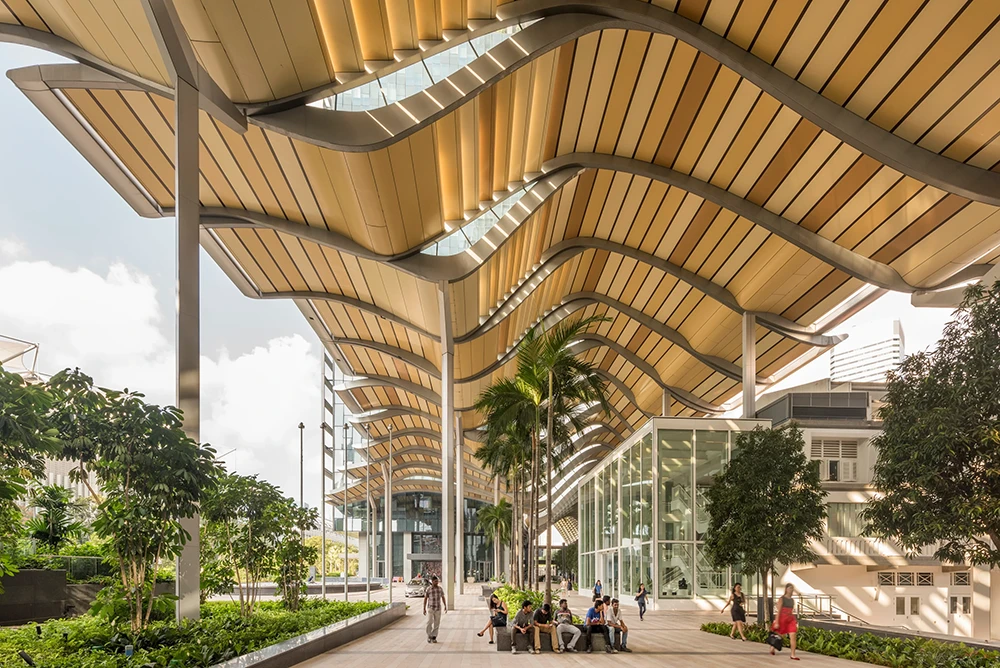
A city in nature
By / Khoo Teng Chye, Practice Professor with the Department of Civil and Environmental Engineering at the National University of Singapore (NUS) and Director of NUS Cities
In the face of climate change, Singapore is pursuing a vision of becoming a resilient ‘City in Nature’. Despite its limited land and essential resources, such as water and food, the city-state has strived to be clean, green, and sustainable.
To address climate challenges like rising sea levels, extreme heat, and flooding, Singapore is taking a whole-of-society approach. Initiatives include a national centre for coastal protection and flood resilience, research on countering urban heat island effects, and the Singapore Green Plan 2030. With a commitment to long-term planning and good governance, Singapore is adapting to climate change and thriving as a city focused on sustainability.
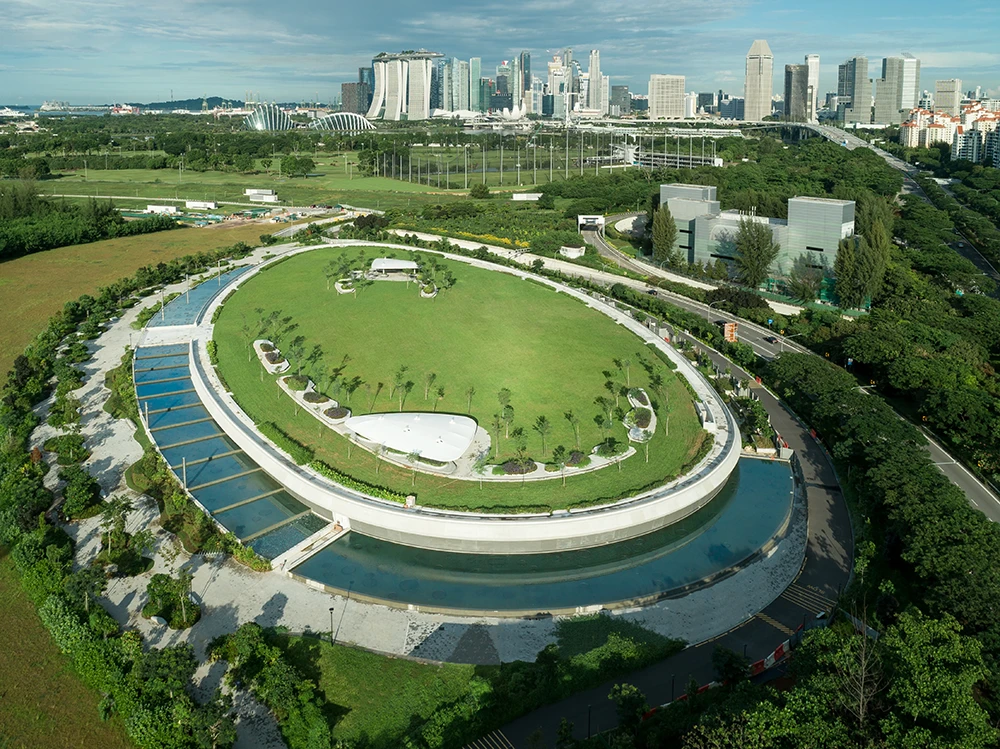
The view from Singapore
By / Flora Harley, Head of ESG Research at Knight Frank
Singapore makes smart use of biophilic design, both to improve the environment and cool the city. One example is CapitaSpring, a development with over 90,000 sq ft of landscaped space and 80,000 plants from more than 130 species. With an average temperature of about 26.7°C and humidity above 80 per cent, air conditioning is a priority. Increased investment in solar energy aims to provide clean power to cool more buildings efficiently.
Austin: Quality of life and growth
By / Mark Sprague, State Director of Information Capital, Independence Title Company
While the eyes of the world might look to New York, Los Angeles or even Palo Alto as the future cities of the US, Austin, Texas, has been quietly on the rise. Since 2010, it has outpaced other cities in terms of both population and employment growth, even during national economic downturns.
This growth trajectory is expected to continue, driven in part by well-planned transport infrastructure in areas like Williamson County, which has become one of the fastest-growing counties in the past decade. Austin is known for its spacious housing and affordable cost of living, attracting residents from across the country. Over the last decade, the Austin metro area has expanded by 33%, and it's projected to double by 2050.
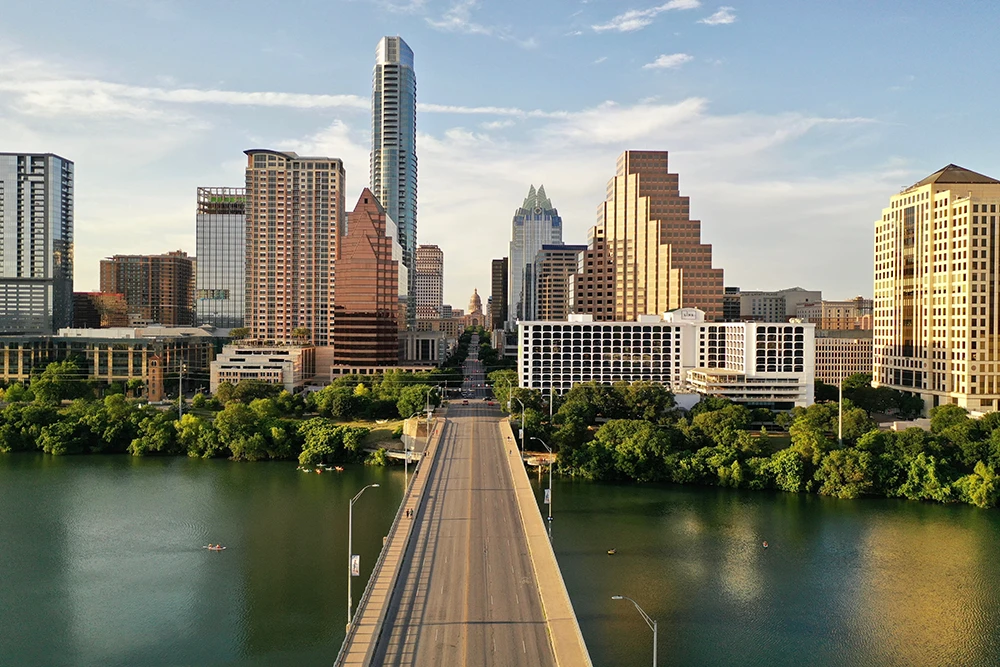
Austin's appeal extends beyond its economic opportunities. It has become a hub for major tech companies like Apple, IBM, Dell, Meta, and Tesla, contributing to job opportunities and economic prosperity.
Additionally, Austin boasts a unique political and cultural environment. Often described as a "blueberry in a bowl of tomato soup" due to its liberal leanings in a predominantly conservative state, Austin hosts world-renowned festivals like SXSW and Austin City Limits. With nearly half of its population aged between 20 and 49, Austin's vibrant and forward-thinking atmosphere positions it as a city to watch for the future.
Malmo: a story of regeneration
By / Johanna Derry Hall
Malmö, once an old industrial city on the verge of economic collapse, has undergone a remarkable transformation. It is now one of Sweden's fastest-growing urban centres, characterised by innovation and creativity, with over 37,000 companies and a youthful population, with nearly half under 35 years old.
Under the leadership of Mayor Katrin Stjernfeldt Jammah, Malmö has taken proactive measures to address climate change, including rising sea levels, storms, and heatwaves, since the late 1990s. As a result, it was recognised by the European Commission as one of the 25 European cities leading the way to climate neutrality by 2030.
Facing unemployment, polluted soil, and abandoned industrial areas, Malmö initiated a competition to transform the industrial port into a residential neighbourhood known as Bo01, often described as a 'city of tomorrow.' This innovative neighbourhood became Europe's first to achieve zero CO2 emissions. Building on this success, Malmö has implemented these sustainable practices on a city-wide scale.
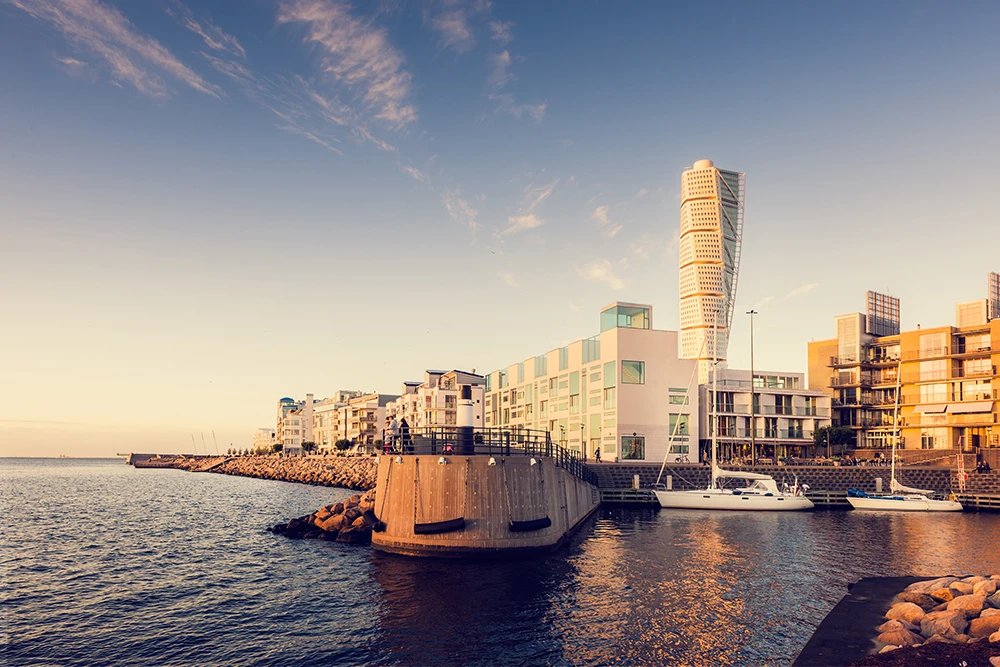
City planning in Malmö has been reimagined to create more inclusive and mixed communities, addressing social inequalities. Collaborating with local businesses, civil society, and residents, the city has invested heavily in green transportation, resilience to extreme weather events, and emission reduction targets for businesses. Notable examples include the transformation of the Augustenborg district, which is now protected from flooding through water channels and retention ponds, along with green roof installations.
The success of Malmö's transformation is attributed to a collaborative spirit among local stakeholders, which has positioned the city as a global leader in sustainability and innovation.
Africa’s emerging megacities
By / Riya Patel
By the year 2100, many of the world’s most populous cities will be in Africa, according to the International Institute for Environment and Development. Taibat Lawanson, Professor of Urban Management and Governance at the University of Lagos, believes the Nigerian capital will be one of the first megacities (a city with a population of more than 10 million) on the continent.
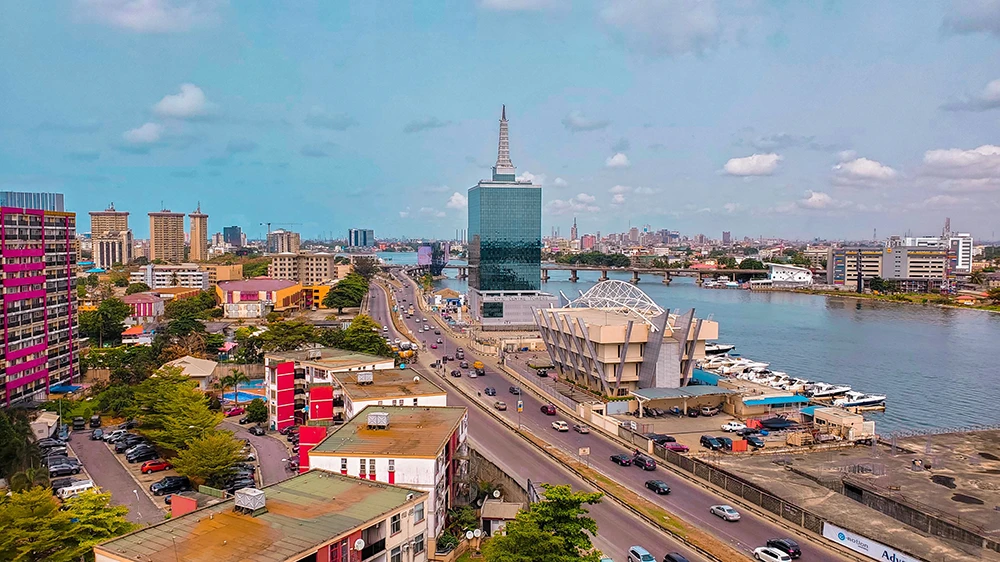
Dubai: Preparing for sustainable growth
By / Flora Harley
Faisal Durrani, Knight Frank’s Head of Research, Middle East and North Africa, explains how Dubai, the city synonymous with luxury, is preparing for sustainable growth.
We know that Dubai is growing fast. What’s the population forecast for Dubai?
Dubai’s Economic Agenda (D33) details a new roadmap to double its foreign trade and emerge as the world’s fourth most prominent financial centre by 2033. The population by this stage is also expected to close in on six million, up from three and a half million today. Clearly, this will warrant a large-scale building boom. The city’s current housing stock of approximately 600,000 homes will virtually need to double if the population targets are to be met.
What type of construction is happening in Dubai and who is it aimed at, then?
Villas have become synonymous with Dubai’s sun-sand-sea lifestyle – our own market experience shows this segment of the market has been a particular favourite of the world’s ultra-rich, many of whom have turned to Dubai as a second homes market. Demand has driven prime prices up by almost 50 per cent over the past 12 months – the highest rate of global growth. Even so, Dubai remains one of the world’s most affordable markets.
Where does the environment fit into this?
The breakneck speed of growth might seem juxtaposed with the global climate emergency. Nevertheless, the sustainability agenda is increasingly taking centre stage in the city’s strategic development plans.
Our own 2021 Global Residential Survey showed that buyers around the region are taking more interest in greener homes compared to their global counterparts. Moreover, businesses in Dubai (particularly international ones) have a strong preference for green-rated buildings as they actively respond to the role the climate emergency plays in attracting and retaining talent.
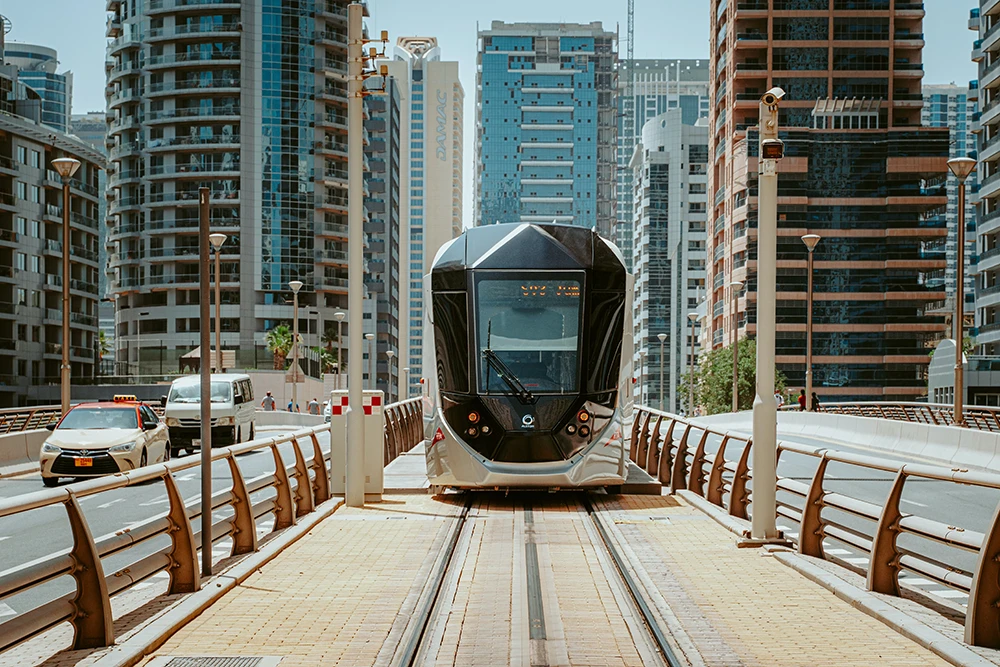
Could you give us some examples of what this looks like in practice?
The emirate is taking steps to address its deficit of internationally accredited ‘green’ buildings. Expo City Dubai is currently being transformed into a sustainable human-centric smart city. The site will reuse at least 80 per cent of the infrastructure built for the World Expo in 2020, including LEED Gold and Platinum-certified buildings. It’s a clear statement of intent and the resulting development will challenge any other in the world with its sustainable credentials.
What other strategies are supporting the city’s sustainable development goals?
With 563 ‘green’ buildings, Dubai is the only city from the region in the world’s top 25 cities for the highest number of environmentally accredited buildings. The United States, however, leads the world with over 81,000 ‘green’ buildings. That’s why the emirate is addressing the deficit with developments such as the World Expo site.
The government is also legislating for a greener future through a raft of policies and initiatives, from building the world’s largest single-site solar power plant (responsible for 15 per cent of the emirate’s energy needs) to having 35 per cent of all buildings delivered using 3D printing by 2030.
So you are optimistic about Dubai’s future as a sustainable city?
Absolutely. For investors and HNWIs considering Dubai as an investment, or as a second homes destination, the city’s green ambitions look set to add another layer to the emirate’s attractiveness for those hungry for green-rated assets.
Neom: A prototype for a better future
By / Aleks Cvetkovic
Neom, often described as a "smart city" or an "economic engine," is a groundbreaking project in Saudi Arabia that defies traditional definitions. Its name is a combination of the Greek word "neo," meaning new, and the Arabic word "mustaqbal," meaning future. Spanning 10,200 square miles, Neom will consist of ten city-sized developments aimed at fostering next-generation technology, talent, and an exceptional quality of life.
The most prominent of these developments is "The Line," a 170-km long linear city characterised by mirrored facades. However, three other developments are also underway: Sindalah, an island dedicated to tourism set to open in 2024; Trojena, designed as a "mountain destination" for alpine and adventure sports; and Oxagon, a port city on the Red Sea serving as an economic hub for advanced and clean industries. Oxagon is also home to the Green Hydrogen Project, the world's largest hydrogen facility powered by renewable energy.
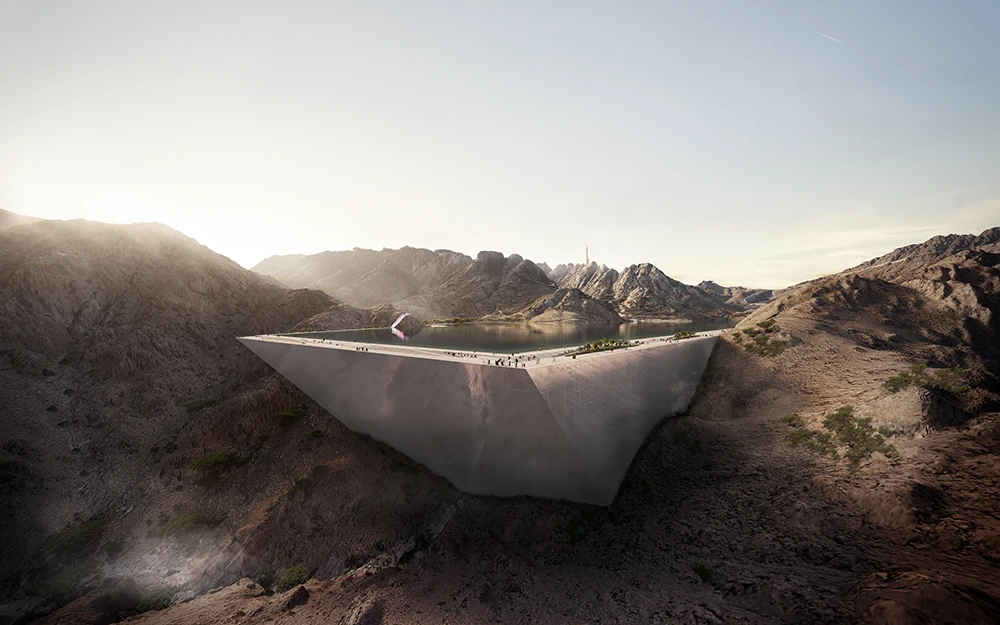
Six other sites are yet to be unveiled. The mission is to extrapolate everything that makes an individual city great – social connectivity, state of the art amenities and transport, economic clout and space for leisure – and create a connected network of ‘smart cities’ that can double down on these advantages to deliver “a prototype for the future”.
It’s a vision that is being swiftly realised – it’s already possible to fly direct to Neom from Riyadh and London, Sindalah is scheduled to begin welcoming guests next year. A fifth of the megacity’s infrastructure construction is already complete, Neom’s CEO, Nadhmi al-Nasr, told Arabic news outlet Al Arabiya at the World Economic Forum meeting at Davos earlier this year. The fact that 13 per cent of the world’s trade passes through the Red Sea helps, too.
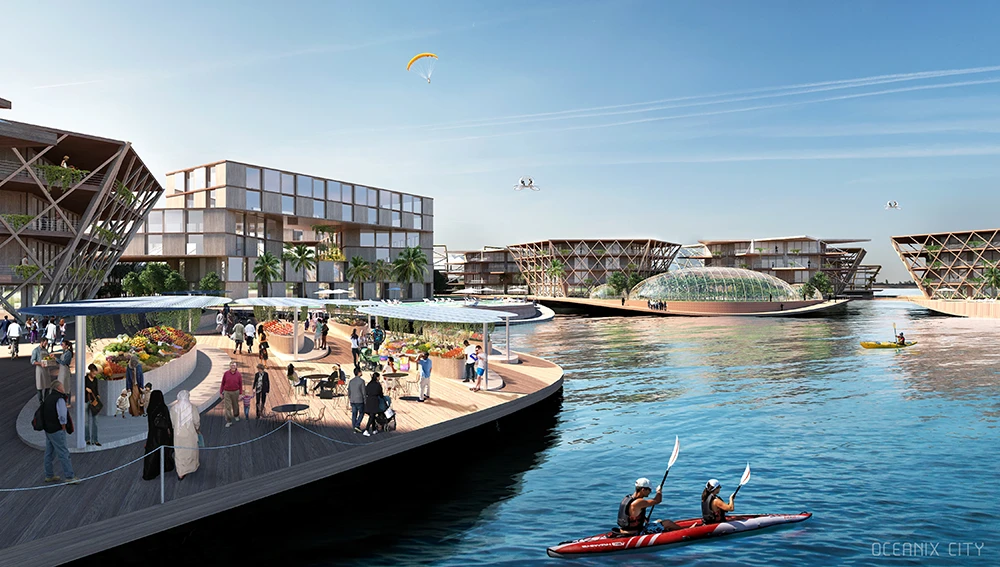
Visions of the future
It might sound like science fiction, but these forward-thinking designers are creating concepts that will reinvent cities all over the world.
Telosa, USA
Telosa, spanning 150,000 acres in the western United States, redefines urban living with its vision of a city for five million residents. At its heart, the Equitism viewing tower rises as an iconic symbol amidst a central park.
Maldives Floating City
To combat rising sea levels threatening the Maldives, a visionary partnership with Waterstudio gives birth to the Maldives Floating City—a community of 20,000 residents built on floating hexagonal structures that adapt to sea-level changes.
Smart Forest City, Mexico
Near Cancun, Italian architect Stefano Boeri's vision melds urban life with nature, drawing inspiration from Mayan heritage. With 7.5 million plants, this eco-friendly city would contain 7.5 million plants and absorb 116,000 tons of carbon, creating a harmonious urban ecosystem.
